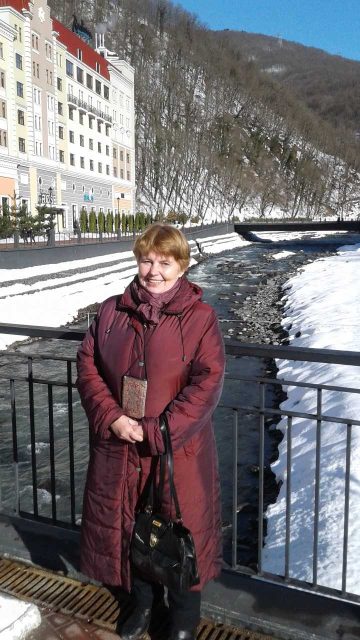Sustainable development of the Russian Arctic: acute problems and basic solutions

Tatiana M. Krasovskaya,
Professor,
Moscow State University,
Russia
The Russian Arctic zone, comprising about 3,7 mln km2 with nearly half from the circumpolar Arctic population (only 1,5% from the Russia) occupies an important place in the state modern economic development. In 2020 it contributed to 10% GDP. Several important documents (“The Arctic Doctrine”) concerning socioeconomic development of the Russian Arctic zone were adopted in 2009-2020. Among the priority targets mentioned in these documents was sustainable development/revival of 8 “supporting” (basic) zones: Kola, Archangelsk, Nenets, Vorkuta, Yamal-Nenets, Taimyr-Turukhansk, Northern Yakutia, Chuckchi. They were planned to become innovative centers of regional development. The Northern Sea Route commercial use activization was mentioned among the priority targets. These plans are mainly connected with new natural resources exploitation and modernization of old industrial centers as well as transport and communications infrastructure development. Realization of about 150 investments projects was planned by 2030: 48% for mineral resources extraction (from the total investments cost), 16%- for transport infrastructure development, 7% – for geological survey, 2% for environment safety protection, etc. The mentioned social priority goals were: improvement of living conditions, social infrastructure, medical care. The project promoting transition to digital health in the Arctic zone is underway already. The Arctic Doctrine documents contain special references concerning territories of traditional nature use (TTNU) of indigenous population to minimize the impact of new industrial development on traditional economy and social life.
The mentioned above activities of the socioeconomic development enable to outline the arising acute problems and present general approaches for their solution directed at the achievement of regional adaptiveness to provide the resilience of local social-natural systems. The principal acute problems may be presented in several blocks: economic, social, ecological. The economic block includes the following aspects. The region remoteness from the main economic and transport centers possesses obstacles for realization of development projects. Constant disequilibrium of economic development far from traditional models is typical. Partly it is explained by high dynamics of economic and social life, climatic and ecological changes, etc. One of the most acute economic problem is connected with transport development: modernization of coastal infrastructure of the Northern Sea route. Construction of new automobile and railway roads is underway already. The goal is to create the Arctic transport system connected with other regions. All this stipulates the necessity of complex development schemes.
The social block concerns the future development of Arctic cities/urbanized settlements where about 80% of population lives. They are centers of economic development and expansion. Old industrial cities – Vorkuta, Norilsk, etc. originating from the 30th, 20 c. belong to single industry type and diversification of their economic activities alongside with innovative development process are planned. The single industry cities economic rehabilitation follows the specially developed Federal program but insufficient funding slows down the process. Migration processes: depopulation of some old cities and growth of new industrial /transport centers followed by social adaptation problems are still difficult to control. Prevention of nature management conflicts with indigenous population is being solved by their involvement into the process of economic development.
The ecological block includes the following: biodiversity preservation based on rational nature management schemes, nature protected territories development according to the Arctic Council recommendations; ecological-economic assessment of local ecosystem services (carbon deposition being one of them) for justification of alternative economic development options; climatic risks control based on modernization of the monitoring system, implementation of nature/resource saving technologies, including special Arctic variants, renewable energy sources use in areas of decentralized energy supply (large windfarms and one solar station are in operation already), improvement of air and water pollutants purification systems controlled by the Federal and regional legislation, introduction of municipal programs of green infrastructure development to meet modern ecological demands and improve visual image of Arctic cities, etc.
Principle solutions for the future development are based on modern local and international scientific achievements, including cooperation within the programs of the Arctic Council, Barents Euro-Arctic region, etc. Academic institutes in cooperation with of large industrial companies promote innovations.
Expert article 3063
> Back to Baltic Rim Economies 4/2021
To receive the Baltic Rim Economies review free of charge, you may register to the mailing list.
The review is published 4-6 times a year.
